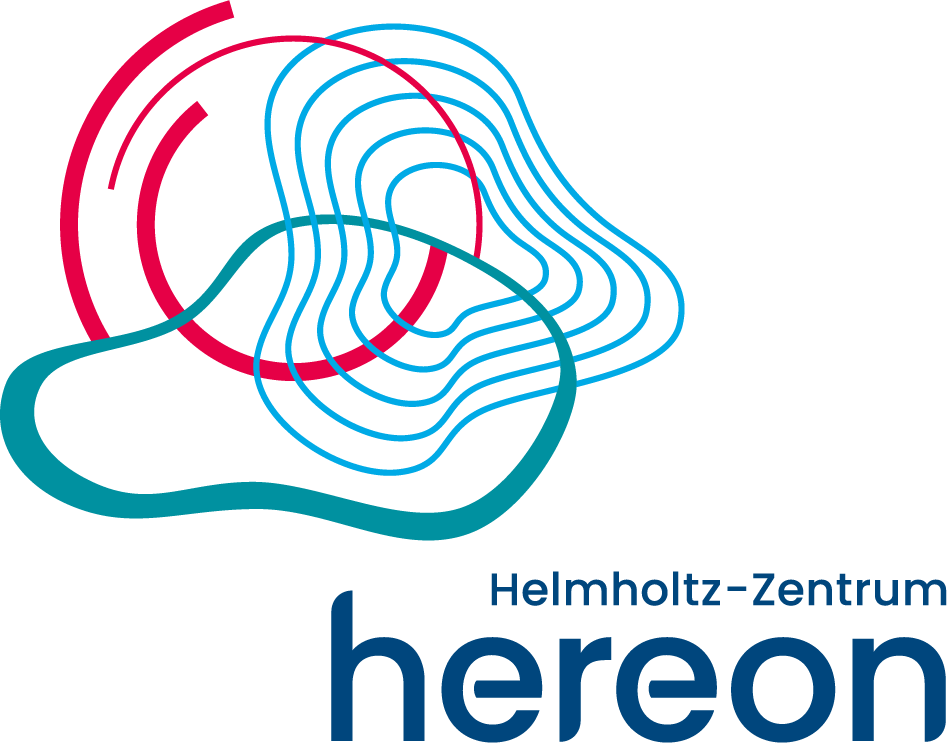MLZ is a cooperation between:
 > Technische Universität München
> Technische Universität München > Helmholtz-Zentrum Hereon
> Helmholtz-Zentrum Hereon
 > Forschungszentrum Jülich
> Forschungszentrum Jülich
MLZ is a member of:
 > LENS
> LENS > ERF-AISBL
> ERF-AISBL
MLZ on social media:

MLZ (eng)
Lichtenbergstr.1
85748 Garching
05.08.2025
MLZ Conference 2025: Neutrons powering the future of fusion and nuclear technology
From 28 to 31 July 2025, the MLZ Conference “Neutrons for Fusion and Nuclear Applications” brought together 62 international researchers and industry experts for four days of in-depth discussions, scientific presentations, and collaborative vision at Schloss Fürstenried in Munich. Focusing on fusion energy and nuclear technology, the event highlighted the critical role of neutrons and positrons in developing advanced materials designed to withstand the extreme conditions of fusion reactors. Also, it emphasised the critical need for a tritium supply chain.

Group photo from the MLZ Conference 2025 in front of Schloss Fürstenried © Victoria Bingham, TUM/FRM II
On Monday around noon, the ‘White Hall’ at Schloss Fürstenried filled with 62 scientists and engineers, ready to tackle the complexities of fusion reactor development through the lens of neutron science. The opening words of FRM II and MLZ Scientific Director, Prof. Dr Christian Pfleiderer, set the tone for the conference: this was not just about sharing results but about forging paths forward—together.
After a hearty lunch — the perfect first chance to connect and chat — it was time for the first round of talks.
Keynote insights: From breeding blankets to big questions
The conference featured five keynote presentations from leading minds in the field:
• Prof. Dr. Rudolf Neu, Chair of Plasma Component Interaction at the Max Planck Institute for Plasma Physics, kicked the first round of talks off by discussing the “Current Status and Challenges of the Development of Plasma-Facing Components.” He clarified that engineering robust first-wall and divertor materials is pivotal to any fusion power plant concept.
• Dr. Gianfranco Federici, Programme Manager at EUROfusion, sparked one of the liveliest discussions of the conference with his keynote speech “Testing Needs for the Development and Qualification of Fusion Breeding Blankets.”
• Prof. Dr. Christian Linsmeier, Director of Plasma Physics (IFN-1) at Forschungszentrum Jülich, followed with “Consequences of Neutron Irradiation of Fusion Plasma-Facing Materials and Components.” His talk laid out the challenges of radiation damage, microstructural changes, and how neutrons impact the longevity of critical components.
• Prof. Dr. Michael Smith, Chair of Welding Technology at Manchester University, added a philosophical twist with his talk: “Vital Tool or Plausible Rubbish?” He explored the challenges of validating multi-scale simulations that predict the structural performance of reactor components.
• Dr. Tom Wallace-Smith, Co-Founder and Chief Technology Officer of Astral Systems, closed the keynote sessions with an industry-forward outlook on “Development of a Scalable Platform for Fusion Neutron Irradiation and Next Generation Nuclear Applications.”

View of the conference hall: In 29 specialist presentations, participants discussed realistic ways of industrialising fusion, focusing on material limits, tritium supply and synergies between fusion and neutron research. © Victoria Bingham, TUM/FRM II
From fast neutrons to plasma creation
Throughout the week, participants explored a broad range of topics through both oral presentations and a poster session. The 29 talks ranged from simulation-driven design of fusion materials to experimental studies on fast neutron-induced transmutation. Several sessions also addressed novel plasma creation and stabilization techniques, including positron diagnostics to probe fundamental plasma properties.
A clear theme emerged across all talks: how to extend the limits of materials performance, reactor safety, tritium supply, and energy efficiency, all while staying realistic about timelines for fusion industrialization. And the synergy of the FRM II and fusion topics was also a more broadly discussed topic.
Tours, talks, and in-between conversations
A conference highlight came with a guided FRM II research reactor tour. Many attendees appreciated the chance to see firsthand the powerful analytical infrastructure behind neutron-based material investigations.
Beyond the formal agenda, the conference provided ample room for spontaneous discussions over shared lunches, in the garden during coffee breaks, and at the evening poster session. Conversations often circled a few central questions: What partnerships between academia and industry are needed now? How do we make fusion possible and deploy it? How can the people working in fission and fusion come together and learn from each other’s work?
The journey toward a sustainable energy future has strong momentum and plenty of neutron-powered curiosity. One thing is sure: the neutron community is charging ahead.
More information:
Programme of the MLZ conference
Related News
-
17.11.2021
MLZ-Conference "Neutrons for Mobility"
MLZ is a cooperation between:
 > Technische Universität München
> Technische Universität München > Helmholtz-Zentrum Hereon
> Helmholtz-Zentrum Hereon
 > Forschungszentrum Jülich
> Forschungszentrum Jülich
MLZ is a member of:
 > LENS
> LENS > ERF-AISBL
> ERF-AISBL
MLZ on social media:





